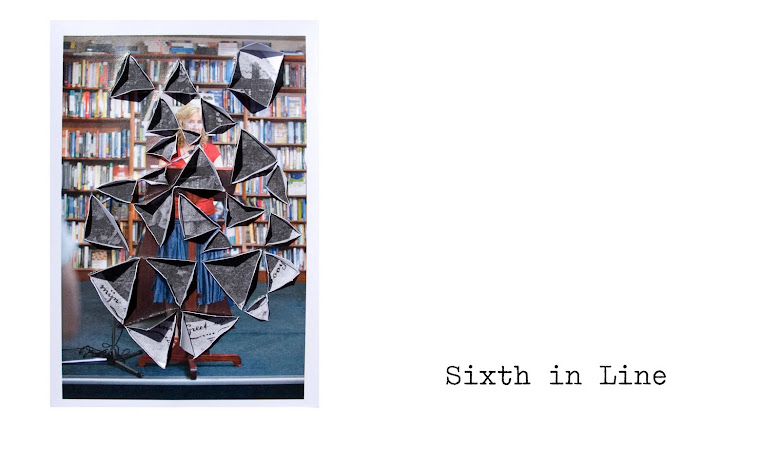I’ve been thinking more about the issue of creativity. How does it happen?
Michael Leunig once gave a talk to a small group of therapists and counsellors in Melbourne. During the talk he began to tell us about his ideas on the process of art. He told us about the way in which an artist conceives an idea in his mind about what he’d like to paint. The idea is thrilling and exciting. The artist sets up his canvas, collects his paints. He’s ready. The idea and its execution are foremost in his mind.
He begins to paint, lashes of colour on the canvas. It flows on smoothly, effortlessly, but as he proceeds, something happens. The idea he first conceived begins to change. It does not translate so readily onto the canvas now. It fractures in his mind. He cannot hold onto it. He’s disappointed in his work. He might struggle on, but only in a state of despair, of deep disappointment and sadness.
Now he’s faced with a choice. The whole idea has lost its lustre. Might as well throw it in. Leave it behind. Go have a cup of tea. A glass of wine. Go out shopping. Collect the kids from school, anything but stay here in front of this failed canvas. He doesn’t care anymore.
He spatters more paint onto the page, a dab here, a stroke there. Listless, lifeless without energy or hope. He has given up on his original idea.
Leunig went on to tell us, if his artist can persevere, something might happen, something new might emerge on the canvas, something the artist had no idea of, no conscious conception of, like a bud unfurling, some new life. Then the energy returns, new hope, the possibility of some new creation.
For this reason, Leunig urges us to consider the importance of the second try.
One other thought, along these lines. In her biography on the lives of two Australian women painters, Drusilla Modjeska quotes Grace Cossington Smith .
‘ “A continual try”, she said. It’s true of painting, it’s true of writing and it’s true of life. The process of staying with that continual try can produce long low loops and sudden illuminations, which we see in retrospect as springing open and banging closed. But in the tug and pull of time it is another day lived, another piece of board on the easel, another squeeze from the tube.’
The process of writing can be similarly hard won.
Friday, June 30, 2006
Monday, June 12, 2006
Attachment and Howard Skeels
In the 1940s or thereabouts, Robert Emde told the audience at the Melbourne Freud conference, when eugenics was all the rage, a young psychologist by the name of Howard Skeels took a job in an orphanage somewhere in America. Eugenics was based on the belief that poor behaviour was based on inferior genes. To weed out the inferior genes, the children in the orphanage were assessed for IQ at an early age. If they were found to have a low IQ they were shipped off to a home for retarded children, where presumably they’d languish for the rest of their days. Otherwise they could stay in the ordinary orphanage and eventually be fostered out or adopted, melded back into society. When the young psychologist was working at the orphanage there were two little girls assesses and deemed to have sufficiently low IQs to be sent off to the home for the retarded. Two years later when these same little girls were about four, the young psychologist was promoted as superintendent of the home for retarded children. He came across the two young girls again and was surprised to find them apparently cheerful and bright and by no means intellectually retarded. When he looked into the situation, he saw that two of the retarded women in the home had taken the two small girls under their wing. Despite their own intellectual difficulties they had effectively mothered these two little girls such that the girls developed normally.
The girls were then assessed and found to have IQ’s greater than those children of the same age who had stayed back in the orphanage. Skeels used this experience to begin a more controlled experiment on 1049 children from the orphanage who had been deemed low IQ therefore retarded, therefore shipped off to the home for retarded. He followed this with a longitudinal study. The children all had good experiences of one to one care at the home and were able eventually to be fostered or adopted. All but one was able to marry, all reached their twelfth year pf high school compared to the children from the orphanage who did not fare so well. Skeels used this experiment to demonstrate the importance of one to one care and attachment in early childhood.
The girls were then assessed and found to have IQ’s greater than those children of the same age who had stayed back in the orphanage. Skeels used this experience to begin a more controlled experiment on 1049 children from the orphanage who had been deemed low IQ therefore retarded, therefore shipped off to the home for retarded. He followed this with a longitudinal study. The children all had good experiences of one to one care at the home and were able eventually to be fostered or adopted. All but one was able to marry, all reached their twelfth year pf high school compared to the children from the orphanage who did not fare so well. Skeels used this experiment to demonstrate the importance of one to one care and attachment in early childhood.
Subscribe to:
Posts (Atom)
